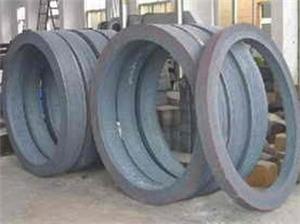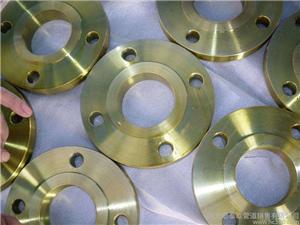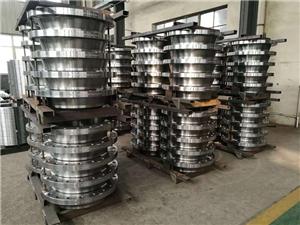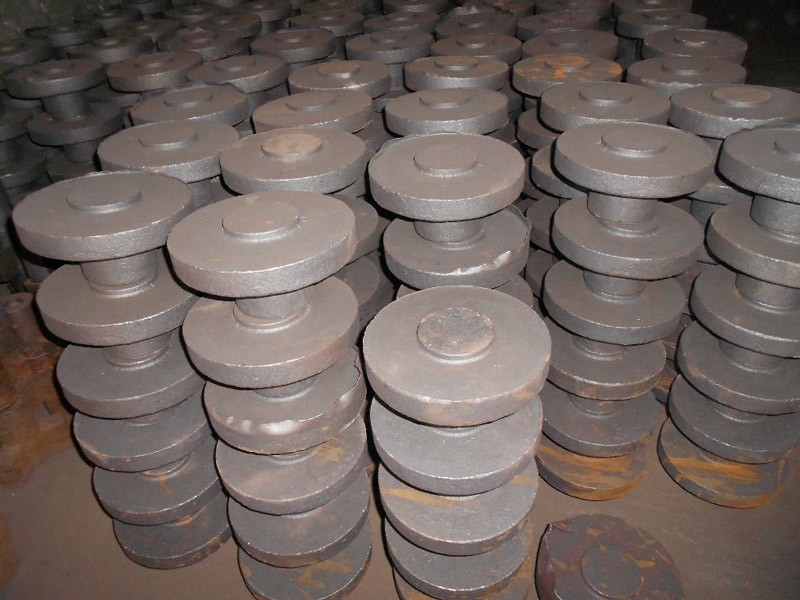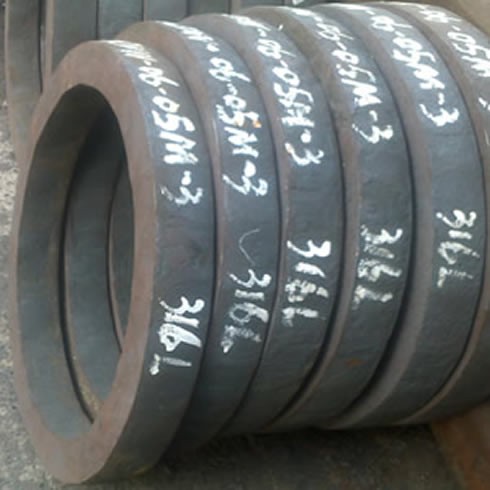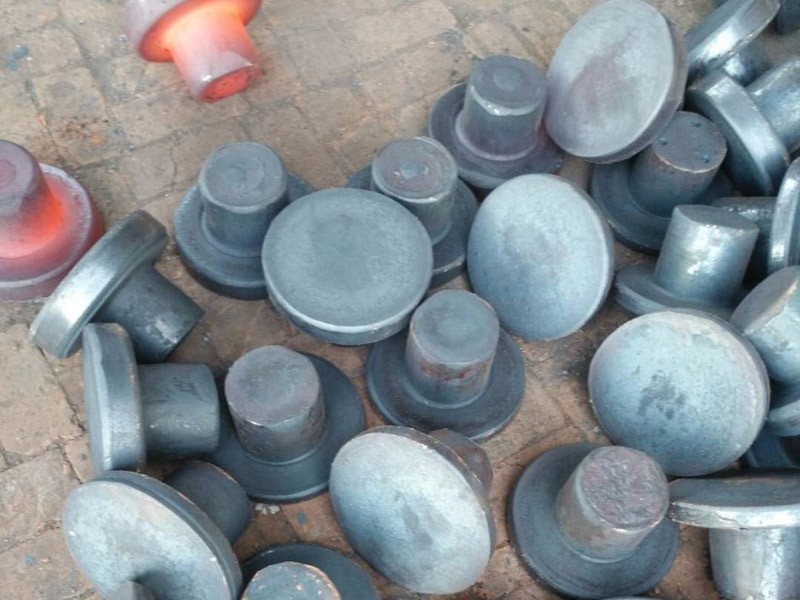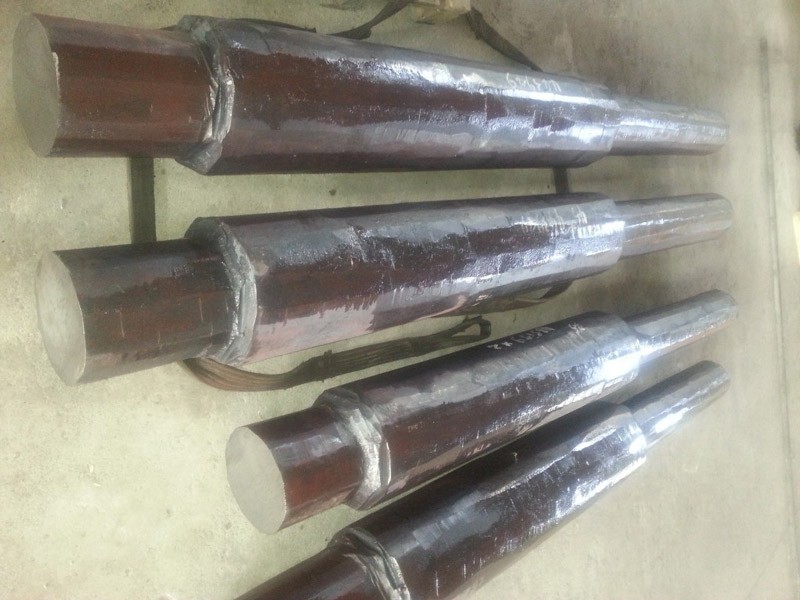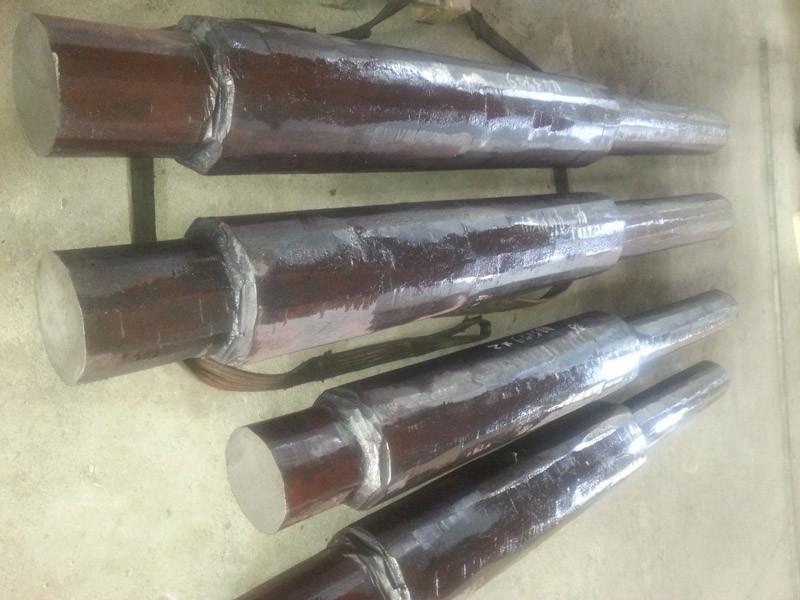
Stainless Steel Forgings
Stainless steel forging
I. product introduction
Stainless steel forging is the stainless steel material is applied pressure, through plastic deformation to shape the required shape or the appropriate compression force of the object.
This force is typically achieved by using a hammer or pressure. Through forging, the defects such as loose casting state can be eliminated, the microstructure can be optimized, and the mechanical properties of forgings are generally better than those of castings of the same material due to the preservation of metal streamline.
Important parts in severe working conditions, except for simple shapes that can be rolled plates, sections or welds.
2. Product parameters
Iii. Product advantages
Steel resistant to weak corrosive medium such as air, steam, water and chemical corrosive medium such as acid, alkali and salt. Also known as stainless acid resistant steel. In practical application, the steel resistant to weak corrosion medium is often called stainless steel, and the steel resistant to chemical corrosion medium is called acid-resistant steel. Due to the difference in chemical composition, the former may not be resistant to chemical medium corrosion, while the latter is generally rustless. The corrosion resistance of stainless steel depends on the alloying elements contained in the steel. Chromium is the basic element to make stainless steel corrosion resistance, when the amount of chromium in steel reaches about 12%, chromium and the oxygen in the corrosive medium, in the steel surface formed a very thin oxide film (self-passivation film), can prevent the steel matrix from further corrosion. In addition to chromium, commonly used alloy elements are nickel, molybdenum, titanium, niobium, copper, nitrogen and so on, in order to meet various USES of stainless steel structure and performance requirements. Stainless steel is usually divided into: (1) ferrite stainless steel. Chromium 12% ~ 30%. Its corrosion resistance, toughness and weldability are improved with the increase of chromium content. (2) austenitic stainless steel. More than 18% chromium, also contains about 8% nickel and a small amount of molybdenum, titanium, nitrogen and other elements. Comprehensive performance is good, can resist a variety of media corrosion. (3) austenitic - ferrite duplex stainless steel. Both austenitic and ferrite stainless steels have the advantages of superplasticit
Stainless steel forging
I. product introduction
Stainless steel forging is the stainless steel material is applied pressure, through plastic deformation to shape the required shape or the appropriate compression force of the object.
This force is typically achieved by using a hammer or pressure. Through forging, the defects such as loose casting state can be eliminated, the microstructure can be optimized, and the mechanical properties of forgings are generally better than those of castings of the same material due to the preservation of metal streamline.
Important parts in severe working conditions, except for simple shapes that can be rolled plates, sections or welds.
2. Product parameters
Iii. Product advantages
Steel resistant to weak corrosive medium such as air, steam, water and chemical corrosive medium such as acid, alkali and salt. Also known as stainless acid resistant steel. In practical application, the steel resistant to weak corrosion medium is often called stainless steel, and the steel resistant to chemical corrosion medium is called acid-resistant steel. Due to the difference in chemical composition, the former may not be resistant to chemical medium corrosion, while the latter is generally rustless. The corrosion resistance of stainless steel depends on the alloying elements contained in the steel. Chromium is the basic element to make stainless steel corrosion resistance, when the amount of chromium in steel reaches about 12%, chromium and the oxygen in the corrosive medium, in the steel surface formed a very thin oxide film (self-passivation film), can prevent the steel matrix from further corrosion. In addition to chromium, commonly used alloy elements are nickel, molybdenum, titanium, niobium, copper, nitrogen and so on, in order to meet various USES of stainless steel structure and performance requirements. Stainless steel is usually divided into: (1) ferrite stainless steel. Chromium 12% ~ 30%. Its corrosion resistance, toughness and weldability are improved with the increase of chromium content. (2) austenitic stainless steel. More than 18% chromium, also contains about 8% nickel and a small amount of molybdenum, titanium, nitrogen and other elements. Comprehensive performance is good, can resist a variety of media corrosion. (3) austenitic - ferrite duplex stainless steel. Both austenitic and ferrite stainless steels have the advantages of superplasticit

